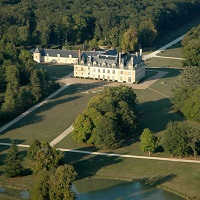
By Corinne LaBalme
Tourists in the Loire Valley for a few days generally head only for the A-list castles. That means the three Cs in this part of the valley: Cheverny, Chambord and Chaumont, while eyeing a blockbuster fourth, Chenonceau, further downstream.
But for sightseers who dislike crowds and relish the possibility of running into a congenial châtelain (chateau owner), quieter slices of 16th-century splendor are a few minutes away. Simply make a beeline 3 miles southeast of Blois to Beauregard to visit one of the valley’s many beautiful B-listers.
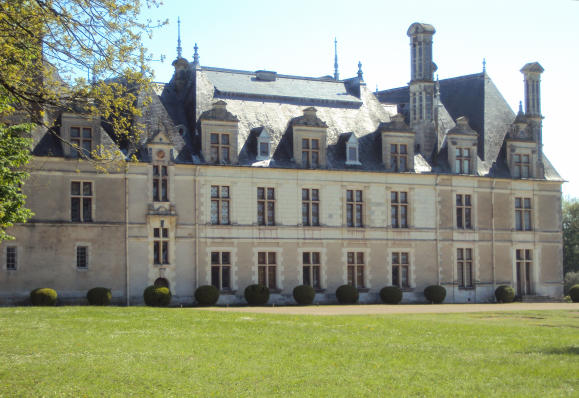
Like the 426-room Chambord, Beauregard served as one of François I’s hunting retreats. But unlike the national domain of Chambord (770,000 visitors per year), Beauregard is a small, family-owned château that draws approximately 25,000 yearly visitors.
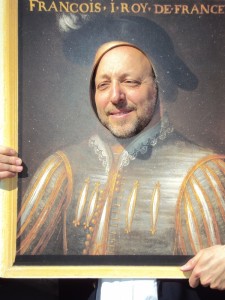
It may be comparatively small in size, but “it’s a bigger responsibility than I expected,” says Guy du Pavillon, whose great-grandmother purchased the property in 1926. “I’m very, very grateful to my mother, who ran it alone for many years. She gave me the chance to establish my family before handing over the reins.”
Like many Loire getaways, its vacation vocation insured that few events of significant historic importance occurred on its grounds.
Jean du Thier, part-time poet and protector of Joachim du Bellay and Pierre Ronsard, left the largest architectural footprint. He purchased the place in 1545, near the end of the reign of Francois I and was soon working in the government of the latter’s son and heir Henri II.
Since Jean du Thier’s time there have been countless renovations, ”some harmonious, some less so,” says du Pavillon with a sigh. However, Beauregard’s major claim-to-fame, an extraordinary portrait collection housed in a 26-meter long Renaissance gallery, has hardly changed a whisker since its 17th-century inauguration.
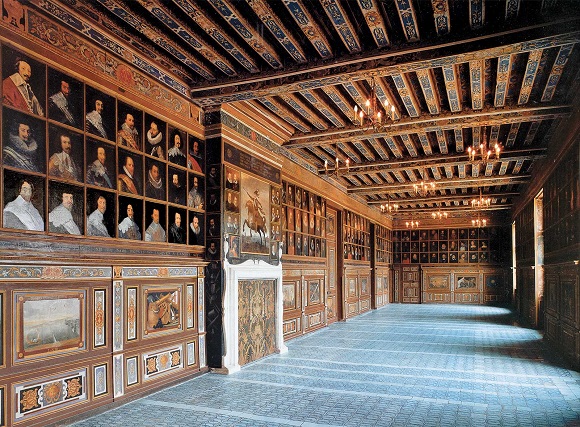
While the 327 portraits are not stand-alone works of art, the ensemble—which amounts to a 400-year-old equivalent of Time’s Person of the Year covers—is fascinating. Bien sûr, it’s mostly Man of the Year as only 20 women made the cut via marriage or martyrdom. Apart from the gender imbalance, the selection is remarkably international as it features Albanians, Austrians, and Ottoman Turks.
With whimsical impracticality, the 17th-century owners covered the floor with 5,600 delicate Delft tiles that quickly proved too fragile for foot traffic. (What you see today, partially covered, are the replacements that that same family was wise to order.) Chaises longues are in place so that guests can lean back and admire the decorative ceiling, richly painted in lapis-lazuli.
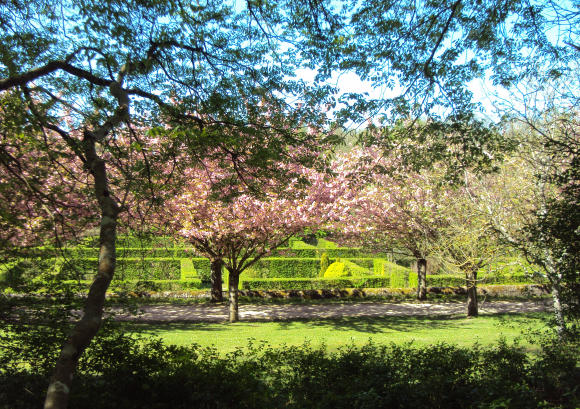
Du Pavillon hasn’t abandoned his day job in Paris in fire-proof textiles but still spends several days a week at Beauregard.
”What I love best is rising at dawn and jogging through the property. That’s when I make notes for the gardeners.”
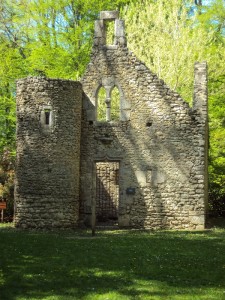
Six gardeners are required to keep the 100-acre estate in bloom with fruit bushes, heritage roses, color-coordinated flower beds and a collection of trees from around the world. French/English quizzes for children are posted on the trees. Unlike its sister châteaux, Beauregard encourages guests to walk on the grass to better explore.
There’s a medieval century chapel on the grounds (with a scallop medallion to prove it served as a stop on the pilgrimage to Compostela, Spain) as well as a 17th-century ice-house. Filled with straw-covered ice blocks, it kept the castle’s white wine chilled until refrigeration took over in the early 20th century.
Better-than-average snacks and lunches are available (everyday but Tuesday) and there’s a guest-house (sleeping five) for people who can’t bear to leave. Bicycle rentals on site. The two orangeries (seating 70 or 120) can be rented for private parties.
© 2015, Corinne LaBalme.
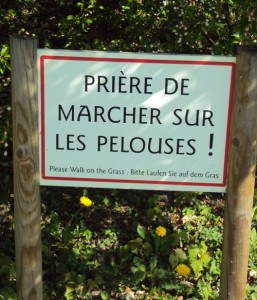
Château de Beauregard, 12 Chemin de la Fontaine, 41120 Cellettes. Tel: 02 54 70 41 65. Beauregard is closed from mid-fall through much of the winter. See the website for exact dates and opening times.
Getting There: Beauregard is 3 miles southeast of Blois. From Paris, there are infrequent direct trains to Blois from the Austerlitz Station. They take 1:25. More frequent indirect trains take 2 hours, arriving in Blois via Orleans (from Paris’s Austerlitz Station) or via Saint Pierre des Corps (from Paris’s Montparnasse Station). While it’s preferable to have your own wheels (car, van, motorcycle or bicycle) for leisurely explorations of chateaux and vineyards in the area, there’s bus service from April to August between the chateaux of Blois, Chambord, Cheverny and Beauregard. Bus information can be found here.
Also see our articles about the nearby chateaux of Chambord, Cheverny and Blois.

